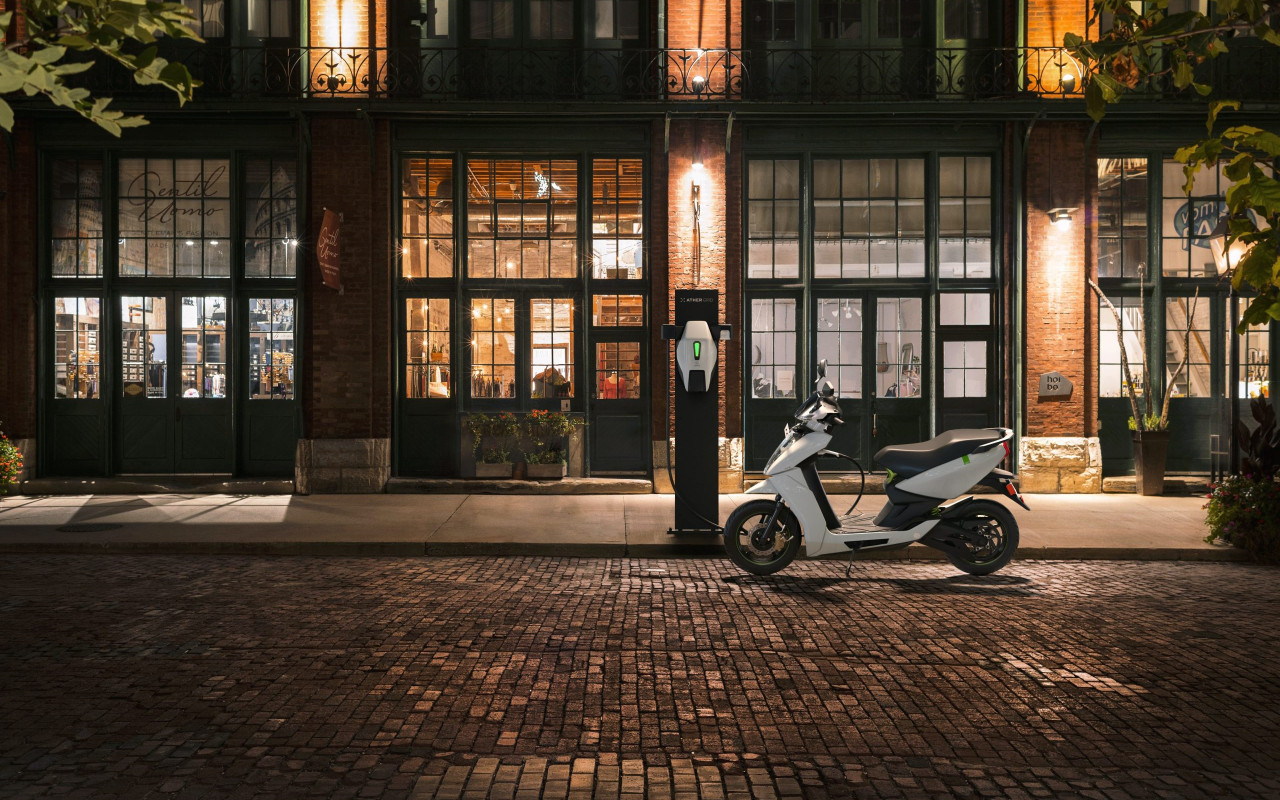-
IoT Knowledge Base
Learn the key concepts you need to know. Without the technical jargon.
-
IoT Reports & Guides
In-depth research, white-papers and guides from Pelion.
-
Blog Articles & News
The latest insights on industry trends, best practices, and Pelion announcements.
-
Events & Webinars
Upcoming events, online sessions, and expert-led webinars
-
About Us
Our mission, values, team, and the solutions we offer in the IoT space.
-
The Team
Meet our team behind Pelion's effortless connectivity.
-
Careers
Job opportunities, company culture, and the benefits of joining our team.
-
Sustainability
Our commitment to environmentally responsible practices.
-
Contact Support
-
Contact Us
- Blog Articles & News
- Cellular connectivity will secure the future of EV charging
Cellular connectivity will secure the future of EV charging
June 09, 2025 — 3 min read

Why IoT Connectivity Is the Future of EV Charging
As electric vehicles (EVs) shift into the mainstream, the focus is no longer just on the number of charging stations. The future lies in building smart, scalable, and secure EV charging infrastructure — and it all starts with connectivity.
But does EV charging need an internet connection? The answer is a resounding yes, and not just any connection, but one powered by robust IoT connectivity.
The Role of IoT in EV Charging
Every EV charging session generates a vast amount of data: energy consumption, timestamps, user authentication, payment info, and more. This data must be collected and transmitted securely, not only for billing and user services but also for network optimization and predictive maintenance.
As smart charging evolves, chargers are expected to coordinate with vehicles and utilities to balance grid demand, shift loads during peak hours, and avoid infrastructure strain. These complex tasks depend entirely on reliable, real-time data exchange, all made possible through IoT.
Why Connectivity Matters
EV chargers must stay constantly connected to:
Communicate with vehicles and drivers
Process real-time payments
Send diagnostics and status updates
Integrate with cloud platforms and energy providers
There are three main types of connectivity for chargepoints:
Wired (Ethernet) – Reliable but costly and inflexible
Wi-Fi – Easier to deploy but prone to interference and security issues
Cellular IoT – The ideal balance of reliability, security, and scalability
Why Cellular Connectivity Is the Right Choice
1. Rapid Deployment
With mobile networks already in place, cellular-enabled chargers can be deployed quickly without additional cabling. IoT SIM or eSIM support means chargers connect directly to the network wherever they’re located, even in remote or urban areas.
2. Flexibility & Scalability
Cellular IoT includes a range of technologies: 4G and 5G for high-speed data and LPWAN for low-power use cases. Even underground garages or rural sites can be served through solutions like femtocells and picocells.
eSIM technology enables remote provisioning and carrier switching, vital for long-term cost control and adaptability.
3. Reliability
Cellular IoT networks are built for uptime, featuring failovers, redundancy, and now, with 5G, innovations like network slicing. These features deliver consistent performance, essential for real-time tasks like dynamic load management or billing.
4. Security
Having the right security solution is foundational for EV infrastructure. Cellular IoT offers encrypted, SIM-based authentication and can be enhanced with private APNs and secure VPNs. This ensures that every data packet from charger to cloud is protected.
Building a Smarter Charging Network
Charging infrastructure isn’t just about hardware — it's about connectivity, data, and interoperability. Companies like Pelion are already working with Toshiba and the Data Communications Company (DCC) to address these challenges head-on.
Pelion’s work with DCC, including equipping Vestel chargepoints with secure cellular connectivity, is setting the stage for a scalable, cloud-connected EV charging ecosystem in the UK and beyond.
The Road Ahead
To meet the demands of a growing EV market, chargepoints must be:
Easy to deploy
Seamlessly cloud-connected
Highly secure
Capable of real-time communication and control
Cellular IoT connectivity checks all these boxes. It's clear that cellular IoT will be essential to the future of EV charging, not only to support growth but to ensure smart features, uptime, and data security are never compromised.
Ready to future-proof your EV charging network?
Explore how cellular connectivity can make your deployment smarter, faster, and more secure.